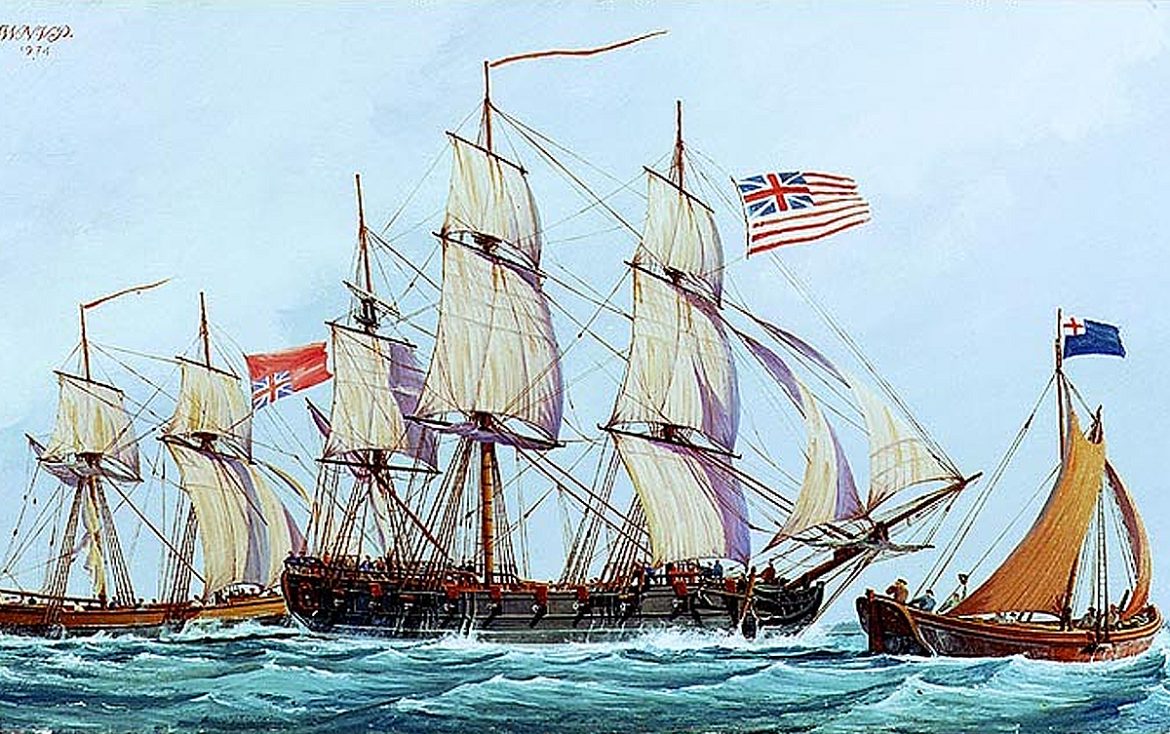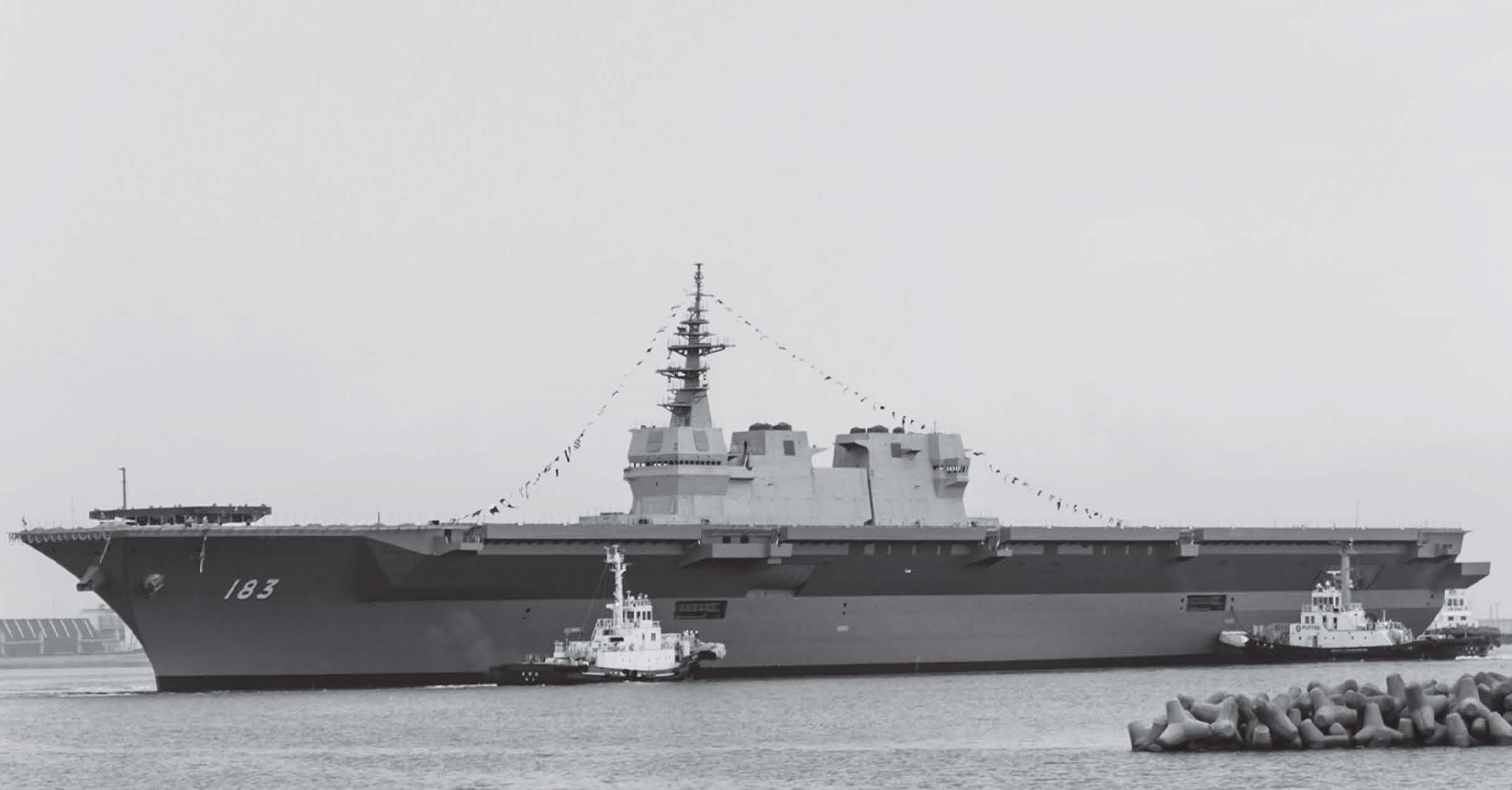Largest Navy Battle - The Battle of Leyte Gulf is remembered as the greatest naval battle ever fought. It covers over 100,000 square kilometers of the sea.
Considered one of the most decisive military battles of all time. This is due to his influence on the emergence of Western civilization as a major force in the world.
Largest Navy Battle

A classic battle in Chinese history, famous for the smaller and weaker defeating the larger and stronger. The Battle of the Red Rocks took place during the Three Kingdoms period in China.
Us Navy's Newest Carrier To Deploy, Train With Nato Nations
Founded in 1819, Norwich University is a nationally recognized institution of higher education, home of the Reserve Officers' Training Corps (ROTC) and the first private military college in the United States. Through its programs, Norwich offers relevant and applicable curricula that enable students to make a positive impact in their workplaces and communities.
The Norwich University Master of Arts in Military History program takes an unbiased and global approach to the study of military thought, theory and interaction throughout recorded history. The unique curriculum of the Master of Arts in Military History program was developed by the distinguished faculty of the University of Norwich and guided by the goals set out by the American Historical Association. This highly acclaimed program is designed to help you develop your background as a historian and place our world's military achievements and conflicts in chronological, geographic, political, and economic contexts.
Leading today's diverse workforce requires leadership with new management skills. The modern workplace often comes with unique leadership challenges due to differences in race, age, and education, so senior leaders must find ways to effectively lead their employees.
Good ethics equals good business leadership Given that ethical organizations perform better financially, why haven't so many companies created a healthy culture?
Largest Military Exercise Of The Autumn In Uk Ends With 'naval Battle' Off Devon
The Importance of Implementing Security Protocols, Cyber Security Practices, and Awareness Despite the best efforts of security companies, many dangerous security breaches can still impact corporate operations. Here, the aircraft carrier Princeton, set on fire almost six hours earlier by a 550-pound bomb, exploded after a two-torpedo strike from the cruiser Reno.
The Battle of Leyte Gulf was the largest and most comprehensive naval battle in history. It involved hundreds of ships, almost 200,000 participants, and its area exceeded 100,000 square kilometers. Some of the largest and most powerful ships ever built were sunk, and thousands of people went with them to the bottom of the sea. All aspects of naval warfare—air, surface, subsurface, and amphibious—were involved in this great struggle, and the weapons used included bombs of all kinds, guns of all calibers, torpedoes, mines, rockets, and even the forerunners of modern warfare. guided missile.
But more than just size made this battle meaningful. The characters included such names as Halsey, Nimitz, MacArthur and even Roosevelt. He introduced the largest guns ever used in a naval battle and new Japanese tactics that would eventually kill more American sailors and sink more American ships than any other used in the war. This was the last battle of the dreadnoughts and the first and only time that an American aircraft carrier was sunk by fire. It was full of amazing heroism, failed intelligence, skilful tactical planning and execution, misguided strategy, brilliant deceit, incredible irony, great controversy, and many lessons in strategy, tactics, and operations.

If all of this is true, then why isn't Leyte Gulf a household name like Pearl Harbor? Why did fewer Americans hear about this than about the Battle of Midway or the invasion of Europe at Normandy? The answer lies in time. Leyte Gulf occurred at the end of the war, after several years of conflict, when major battles became common. Stories about places like Midway, Stalingrad, Guadalcanal and Normandy were then frequent. Most importantly, however, the Battle of Leyte Gulf occurred when most of the United States perceived final victory as a matter of time rather than a moot point. Midway has been widely recognized as the turning point of the Pacific War, a dramatic reversal of what had been a losing trend. The D-Day invasion of Normandy was seen as the true beginning of the end of the war in Europe. But many saw Leyte Gulf as a continuation of a normal and inevitable trend. In the absence of the drama of previous battles, Leyte Gulf was overshadowed by subsequent events - the almost complete turnaround in the Battle of the Bulge, fierce fighting on Iwo Jima and Okinawa, and the catastrophic dropping of atomic bombs on Hiroshima and Nagasaki.
China Has The World's Largest Navy — What Now?
But the battle at Leyte Gulf was truly decisive. It was the last hope of the Empire of Japan and the last significant sortie of the Imperial Japanese Navy. He was very important to the millions of Filipinos and the thousands of Allied prisoners of war whose liberation from Japanese oppression depended on him. And although a US victory in battle may seem like something mundane at that stage of the war, a defeat would have been catastrophic.
On March 11, 1942, a US Army general stood at the water's edge and inspected his dilapidated estate. Where lush vegetation and bright tropical flowers bloomed, only the broken remnants of the army were left, ready to surrender. The trees were reduced to mere jagged stumps. The buildings that housed the proud garrison lay in ruins. General Douglas MacArthur, 25 pounds lighter than three months earlier, took off his gold-encrusted khaki cap and held it up in a final salute to Corregidor, the fortress island he had been ordered to leave.
In the gathering darkness of those early days of the war, when defeat followed defeat, the bold but futile action taken by MacArthur's troops on the fortified peninsula of Bataan was a ray of light. MacArthur had risen to a heroic height unmatched since Admiral George Dewey defeated the Spanish fleet in the same Philippine waters at the end of the last century. Letting him fall into the hands of an enemy whose propagandists had predicted that he would see him publicly hanged in Imperial Square in Tokyo was simply unthinkable. President Franklin D. Roosevelt then ordered the general to leave.
It was not a simple order. First, there was the general's natural reluctance to relinquish his command. Then came the realization that the escape from the Philippines was easier to order than to carry out. The Japanese troops actually controlled the air and sea approaches, so that only bold and covert actions had any hope of success. And finally, MacArthur's special ties to the Philippines. His father, General Arthur MacArthur, was both a war hero and a military governor, and the young Douglas' first assignment after graduating from West Point was to the Philippines as a second lieutenant in an elite corps of engineers. He returned there several times during his career, and by the time Japanese troops landed at Lingayen Bay in December 1941, MacArthur had become a Marshal of the Philippine Army and Commander of the US Army in the Far East.
Civil War Navy Union Navy Confederate Navy American Battles
Crossed a defensive minefield and headed for the black waters of the Mindoro Strait, where enemy ships were known to prowl. While on board, General MacArthur vowed to recover from this shameful moment, to avenge the inevitable defeat, to return as soon as possible with the necessary forces to drive out the Japanese invaders and restore the honor of the United States - and his own. . A few days later, he announced this determination to the world, capturing the imagination of those Americans and Filipinos who trusted him with three short but powerful words: "I'll go."
On October 20, 1944, over 700 US ships entered Leyte Gulf against initially weak Japanese resistance. By the end of the next day, 103,000 troops had landed on Leyte. Losses were light and only three US warships were damaged.
The course of the war suggested that two years would pass before MacArthur could fulfill his promise. By the time American forces were ready to retake the Philippines, the Battle of Midway had turned the tide of battles in the Pacific, amphibious assaults on Japanese island fortresses had become almost commonplace, and the most powerful fleet in United States history roamed the Pacific in search. final skirmish with the Imperial Japanese Navy.

But finally, in October 1944, MacArthur was able to make his promised return by leading a large invasion force that landed on the island of Leyte on the eastern side of the Philippine archipelago. In support of this transcendent invasion, the Joint Chiefs of Staff assigned Vice Admiral Thomas C. Kincaid command of the naval forces that were to carry out the attack. Kincaid's forces were designated the Seventh Fleet. Admiral William F. Halsey, commander of the formidable force of the Third Fleet, which consisted of four powerful task forces consisting of 14 aircraft carriers and over 1,000 aircraft, stood nearby.
Battle Of The Philippine Sea
World's largest battle tank, largest medieval battle, largest eve battle, largest eve online battle, battle navy, largest battle, largest main battle tank, largest naval battle, largest battle of ww2, largest battle tank, largest battle ever fought, largest battle in history
0 Comments